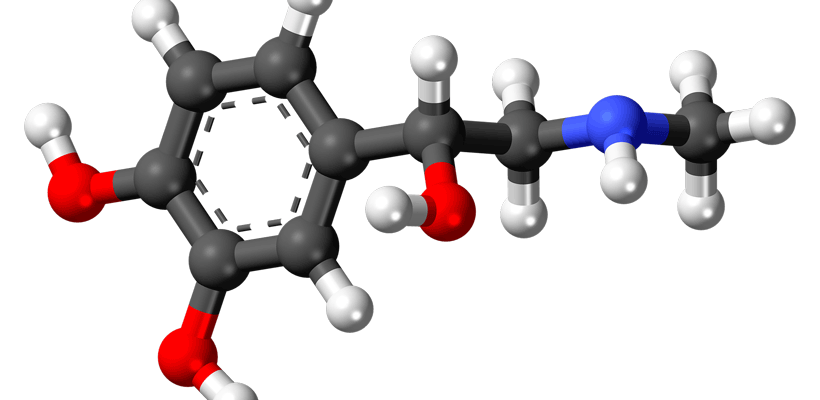
Exercise-induced hormone involved in bone metabolism
Irisin, a fat-burning, exercise-induced hormone has been shown to increase the formation and thickness of bone in mice. Researchers from Tufts University observed that after two weeks of voluntary wheel running mice expressed more of the hormone, further to this, when the hormone was administered systemically, the same bone effects were seen. This research is helping to further our understanding of how beneficial exercise might be for the skeletal system. Irisin has already been shown to convert white fat tissue into calorie-burning brown fat, it has also been shown to improve glucose intolerance, however little is known about where the hormone is produced.
The researchers in this study were able to isolate irisin and found that it was expressed in several different bone regions. They also found that irisin can directly increase the production of osteoblasts – cells that synthesise bone – and inhibit the production of osteoclasts – cells that break down bone. This study has shown that whilst irisin is capable of promoting the browning of white adipose tissue, it is also involved in the regulation of bone metabolism, the researchers are hoping to investigate it’s effects more thoroughly to assess its therapeutic potential.




